About Mallakhamb
Mallakhamb is a traditional sport, originating from the Indian subcontinent, in which a gymnast performs aerial yoga or gymnastic postures and wrestling grips in concert with a vertical stationary or hanging wooden pole, cane, or rope. The word Mallakhamb also refers to the pole used in the sport. Three popular versions of Mallakhamb are practiced using a pole, cane, or rope.
We trace its origin in the twelth century. Because in Manasolhas there is description wrestlers taking exercise on Mallakhamb. It was generic form of exercise among wrestlers in Deccan in those days. This art however remained in the background for six or seven countries. Afterwards the art was revived by Balambhat Dada Deodhar in the first half of the 19th century. Balambhat Dada was engaged as the physical instructor to the Peshva Bajirao II. He revived the art and made it remarkably effective and as an indispensable aid to art of wrestling. He planned two types of MallaKhambs—one was made use of after fixing a part of it underground. The second type of Mallakhamb was kept hanging after attaching it to some beam by a hook.
Why choose Mallakhamb?
There is evidence of the physical activity and sport form Mallakhamb being practiced since 1131 AD in the Indian subcontinent. References found the Indigenous text Manasolhas this recreational sport has been referred to as Mallasthamba.
Mallakhamb can be viewed as an amalgamation of various yoga asana postures, gymnastic elements, human circus skills and martial arts which all enable this sport to contribute to one’s physical fitness and mental resilience. Mallakhamb yields the entire body maximum exercise in the minimum amount of time where each organ of the body is being used from the fingers in the hand to the toes. The practice of Mallakhamb incorporates anti-gravity fundamentals, laws of motion, and other vectors like force, balance, bounce, spring etc. and it demonstrates fundamental principles from High Intensity Training O High Intensity Interval Training. Some of other sectors like Police Training, Marines Training, Gymnastics, Yoga, Acro Yoga, Martial Art, Arial Art, Cheer Leading and Circus Schools also adopted Mallakhamb sport in their activities earlier.
If properly practiced, Mallakhamb yields maximum exercises to maximum muscles in minimum period. Current competitive sports can be advantaged because of Mallakhamb fitness and exercises.
Mallakhamb Reflection:
One who practices feats on Mallakhamb, regularly, develops a beautifully muscular body with an all-round tone, within a truly fleeting time. Eminent physical culturists state that if sinews, joints, and the vertebral column get adequate exercise, the person gains longevity of life. Mallakhamb develops these more than any other form of exercise. Jumps, twisting exercises upward and downward, give sufficient exercise to the body so that kidneys, spleen, liver, pancreas, etc. can work efficiently. Sinews and joints all over the body and spinal column are constantly brought into play in exercises on the Wrestler’s pillar. Circulation of blood becomes vigorous, resulting in the rapid growth of the limbs of the body when the performer is in his teens. The performer gets a sure control and balance on his bodily movements. His digestive organs begin to function effectively owing to the vigorous exercises on Mallakhamb.
Mallakhamb exercises make the body light and strong. These exercises are most beneficial for the stomach, back, arms and thighs, and have been found useful to achieve efficiency in a number of other games and sports like gymnastics and wrestling. The Mallakhamb sport affects the spinal cord most, which develops energy and increases longevity, and is the only exercise in which all big and small organs of the body are active.
Pole Mallakhamb:
In this variation, a vertical wooden pole made of teak wood or sheesham is fixed to the ground. The pole is smeared with castor oil, which helps to minimize excessive friction. Participants perform various acrobatic feats and poses while hanging on the pole. Wrestler’s mount, dismount, and utilize the pole for various complex calisthenics designed to develop their grip, stamina, and strength in the arms, legs, and upper body.
The specifications of Pole Mallakhamb are as follows:
Hanging Mallakhamb
This type of Mallakhamb is like Pole Mallakhamb, but it uses a wooden pole shorter than the standard pole in Pole Mallakhamb. The pole is hung with hooks and a chain, leaving a gap between the ground and the bottom of the Mallakhamb.
Rope Mallakhamb:
In this variation, the participant performs exercises while hanging on a rope suspended from a support at the top. The rope is caught by the performer in the gap between the big toe and the second toe, along with one or both hands. After climbing upwards on the rope, the performer ties the rope around the body through a sequence of steps. The performer then reaches various positions called Udi (“to fly”), some of which are imitations of standard asana. Rope Mallakhamb was historically performed on a cane, but due to the lack of good cane, a cotton rope is used. Performers are expected to perform various exercises without knotting the rope in any way.
Revolving Bottle Mallakhamb
This is a recent innovation and consists of thirty-two glass bottles placed on a wooden platform, with the Mallakhamb balanced on top. The other forms of this sport include the Baseless Mallakhamb and Fixed Bottle Mallakhamb.
To bring all the Mallakhamb lovers from the world together and introduce Mallakhamb sport to everyone.
Some of the legends are there behind the screen whose information & pictures etc. are not available with us. But still with some of their available references we can imagine their contribution in the Mallakhamb.
